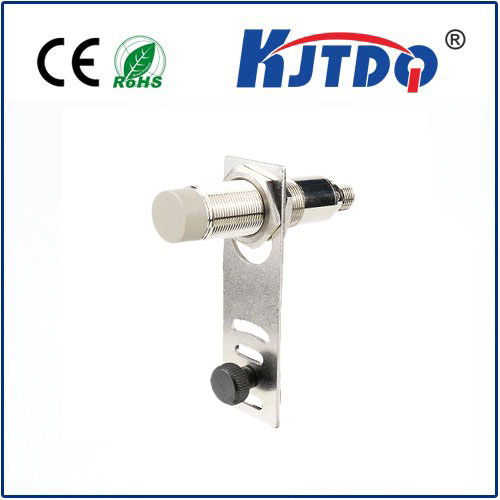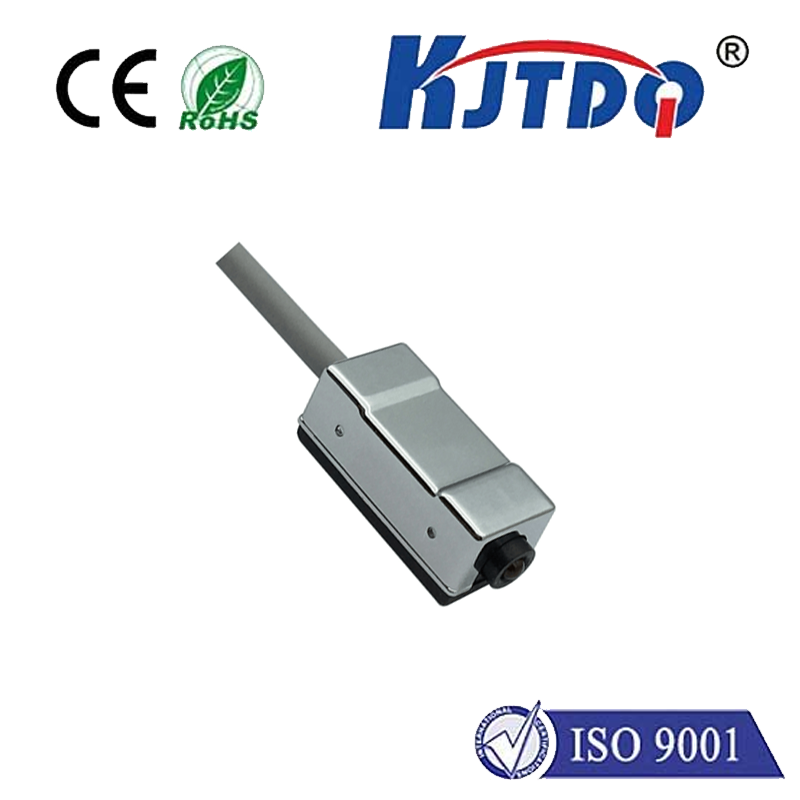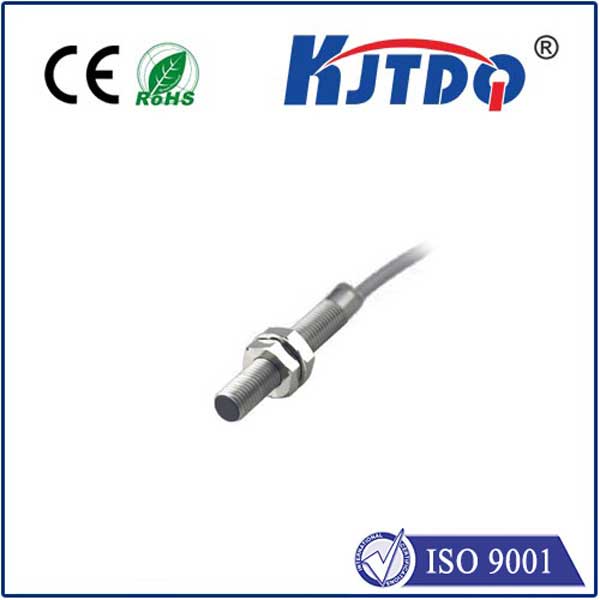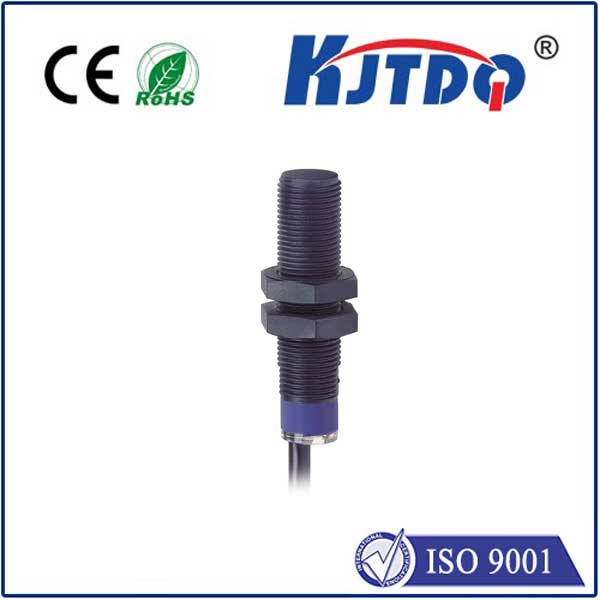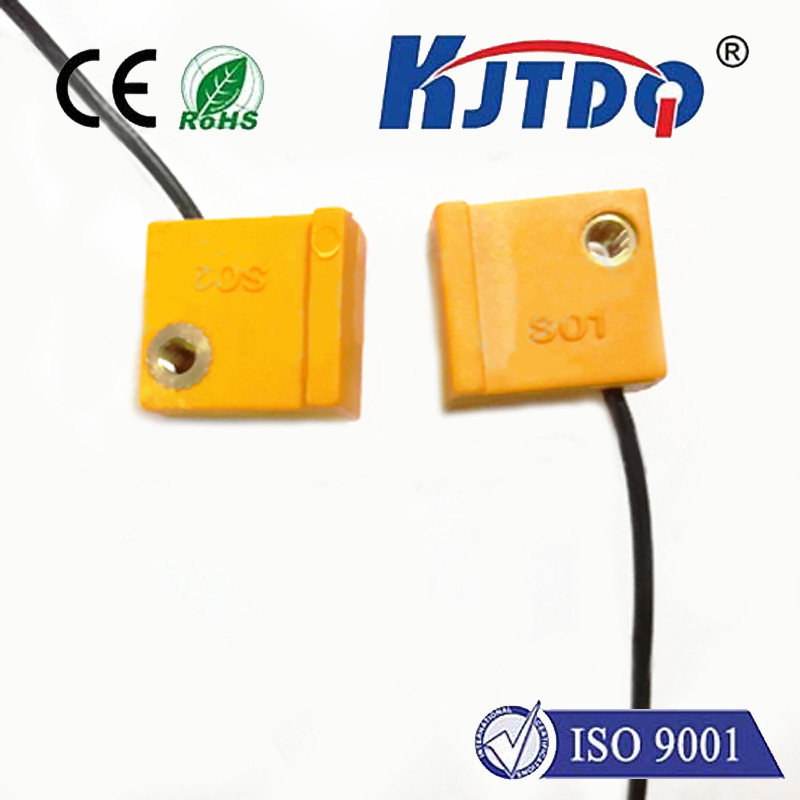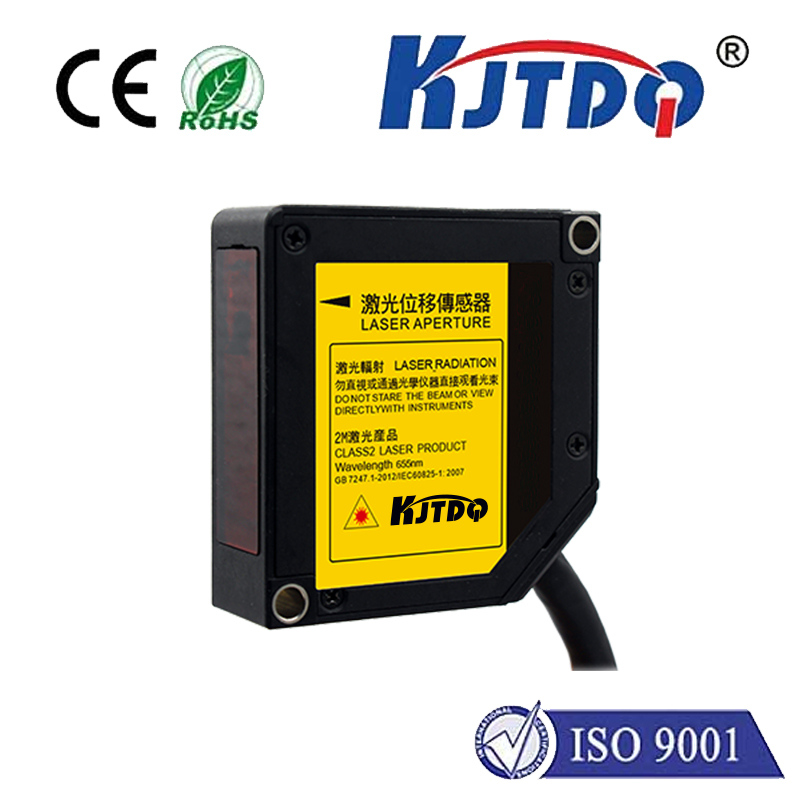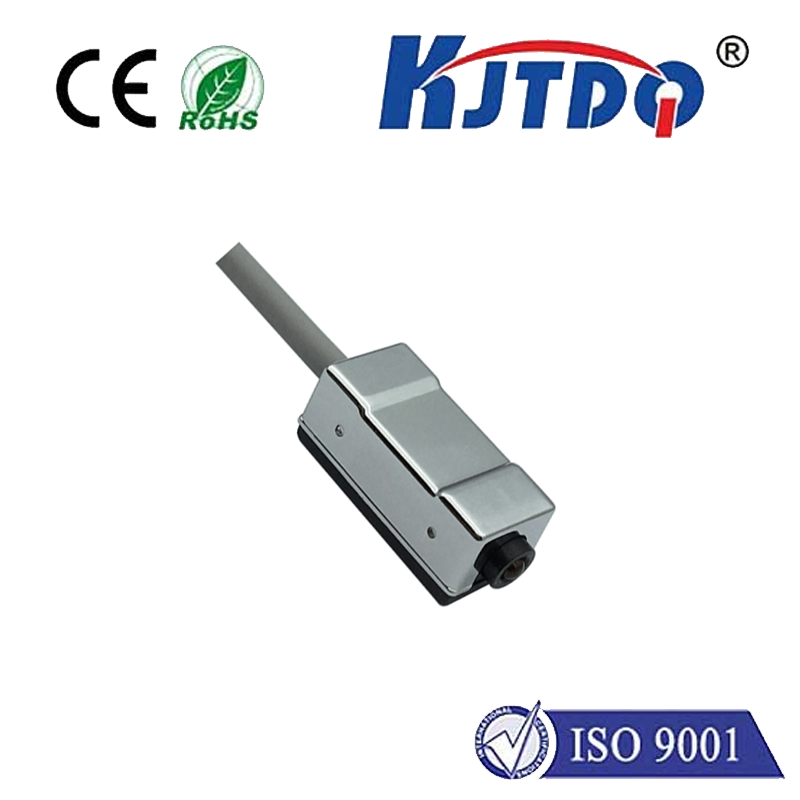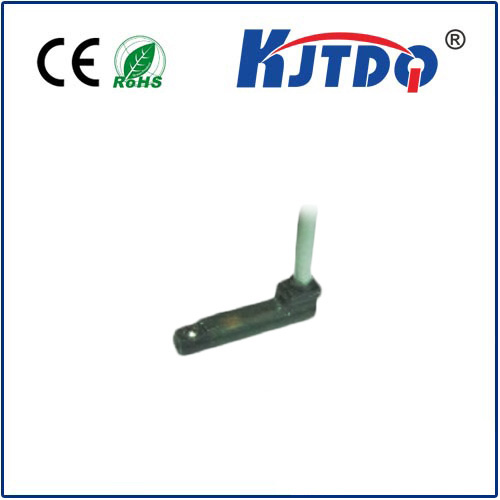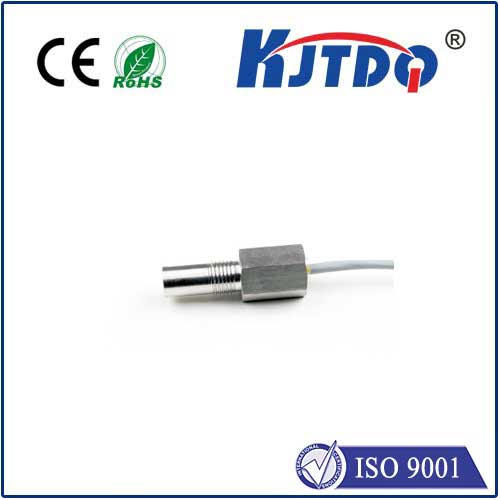
check

check

check

check
Title: The Versatile Power of Heat Resistant Proximity Sensors
Heat resistant proximity sensors represent an indispensable tool for a myriad of industries, where high-temperature environments are the norm rather than the exception. These innovative devices have revolutionized the way we approach automation, monitoring, and control in sectors such as manufacturing, automotive, and aerospace. Let us explore the unique capabilities and applications of heat resistant proximity sensors that make them so valuable.
Understanding Heat Resistant Proximity Sensors
Firstly, it is essential to grasp what sets these sensors apart. As their name suggests, heat resistant proximity sensors are designed to withstand elevated temperatures while still accurately detecting the presence or absence of objects within a specified range without physical contact. They often utilize technologies like inductive, capacitive, ultrasonic, or photoelectric principles, adapted to function under extreme thermal conditions.
Applications in Manufacturing Processes

The manufacturing industry, known for its harsh operating environments, benefits greatly from heat resistant proximity sensors. In processes involving furnaces, kilns, or melting pots, these sensors can monitor equipment status, control material feeding, and prevent machinery from overheating. For instance, they might detect the precise position of molds in foundries, allowing for automated handling without risking damage from high heat.
Role in Automotive Engineering
In the automotive field, heat-resistant proximity sensors play a pivotal role during production and testing phases. Engineers use them to monitor components that undergo rigorous heat cycles, ensuring parts are assembled correctly and withstanding temperature variations that simulate real-world usage. This improves product reliability and safety standards.
Contributions to Aerospace Technology
The aerospace domain pushes the limits of material science, including sensor technology. Aircraft engine compartments and other high-temperature zones rely on heat resistant proximity sensors for critical functions such as monitoring engine components during takeoff and landing cycles, ensuring that no foreign objects interfere with sensitive mechanisms, and aiding in maintenance checks where direct observation is impractical.
Benefits Across Industries
Beyond these specialized fields, heat resistant proximity sensors provide cross-functional benefits. They enhance operational efficiency by reducing downtime associated with excessive heat exposure. These sensors also boost worker safety by minimizing the need for personnel to be close to high-temperature areas, thereby reducing risks of burns or other heat-related injuries.
The Future of Heat Resistant Proximity Sensing
As materials science evolves, so too does the potential for heat resistant proximity sensors. Advances in nanotechnology and alloy development promise even greater resilience to higher temperatures, opening up new frontiers for their use. Additionally, integrating smart technology could see these sensors communicating wirelessly, contributing further to the creation of more intelligent, interconnected industrial systems.
Conclusion
Heat resistant proximity sensors stand out as testament to human innovation in conquering one of nature's most challenging elements: heat. Their ability to operate flawlessly in high-temperature environments has streamlined industrial processes, enhanced safety protocols, and enabled technological advancements across various sectors. As we look towards the future, these remarkable devices will undoubtedly continue to expand their reach, transforming how we interact with and tame the power of heat in our industrial landscapes.
